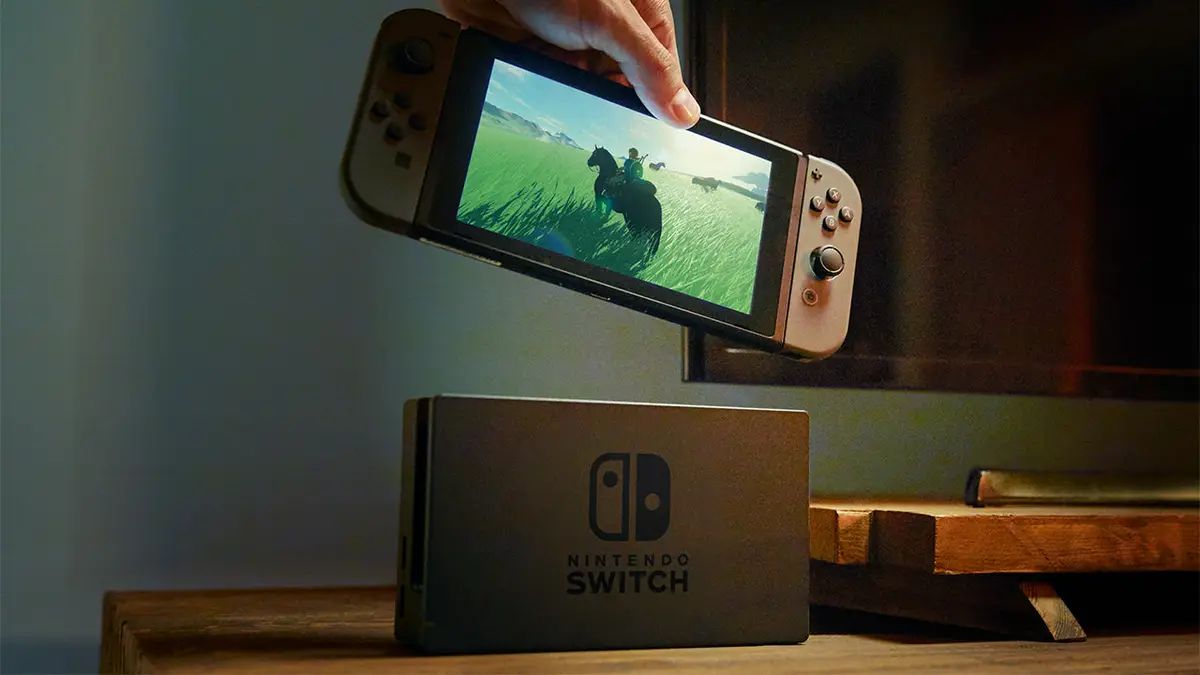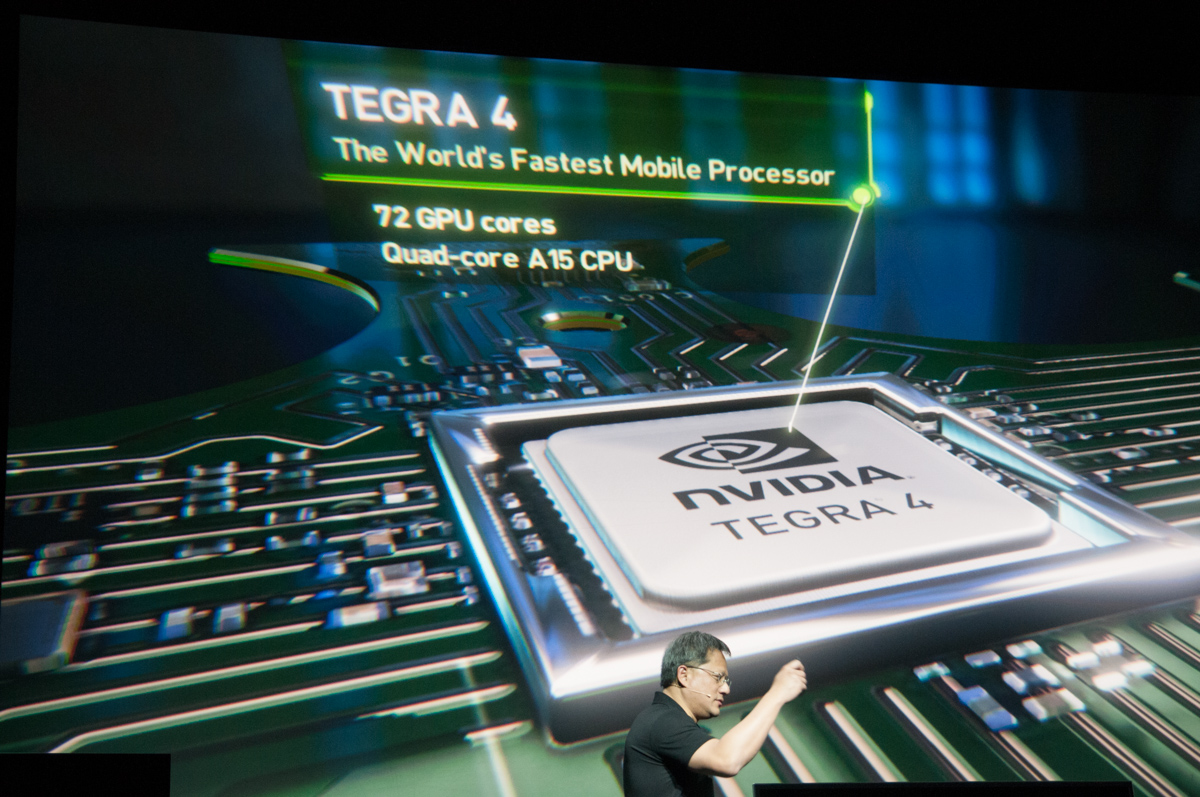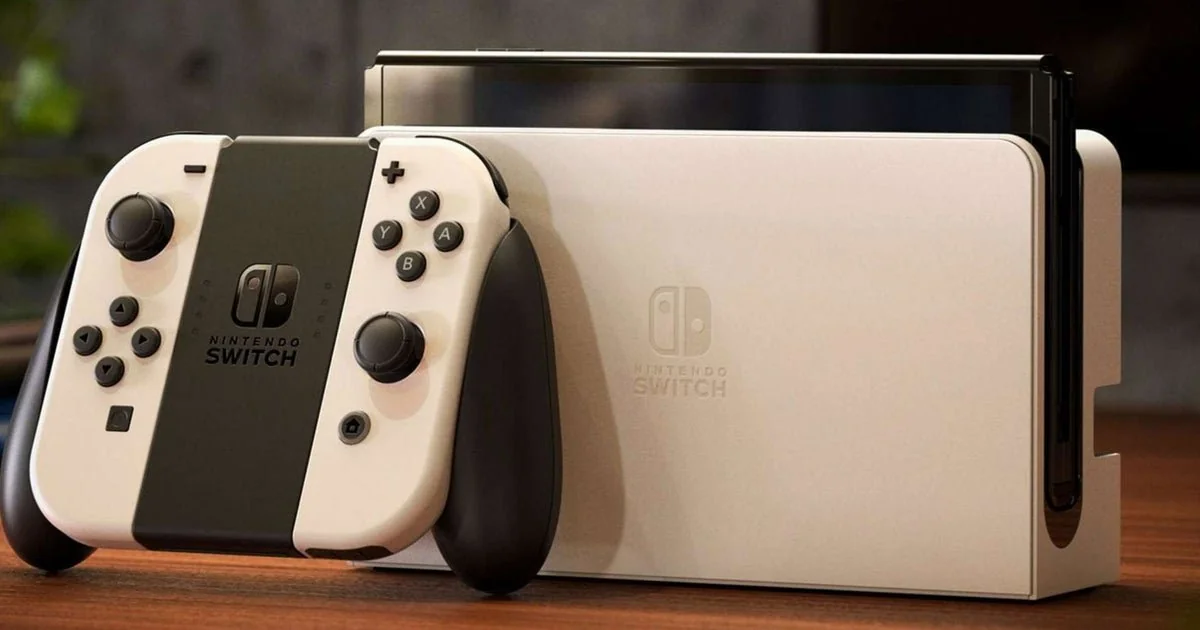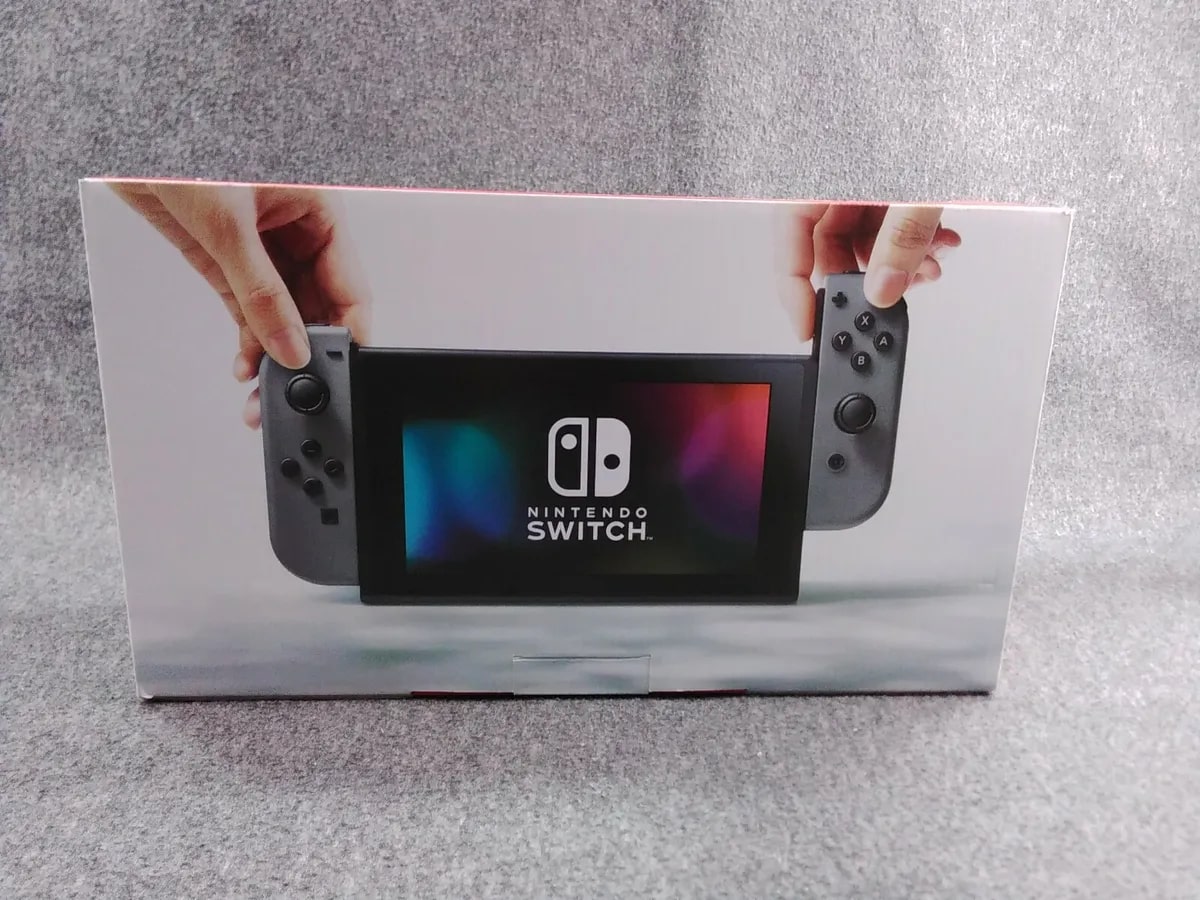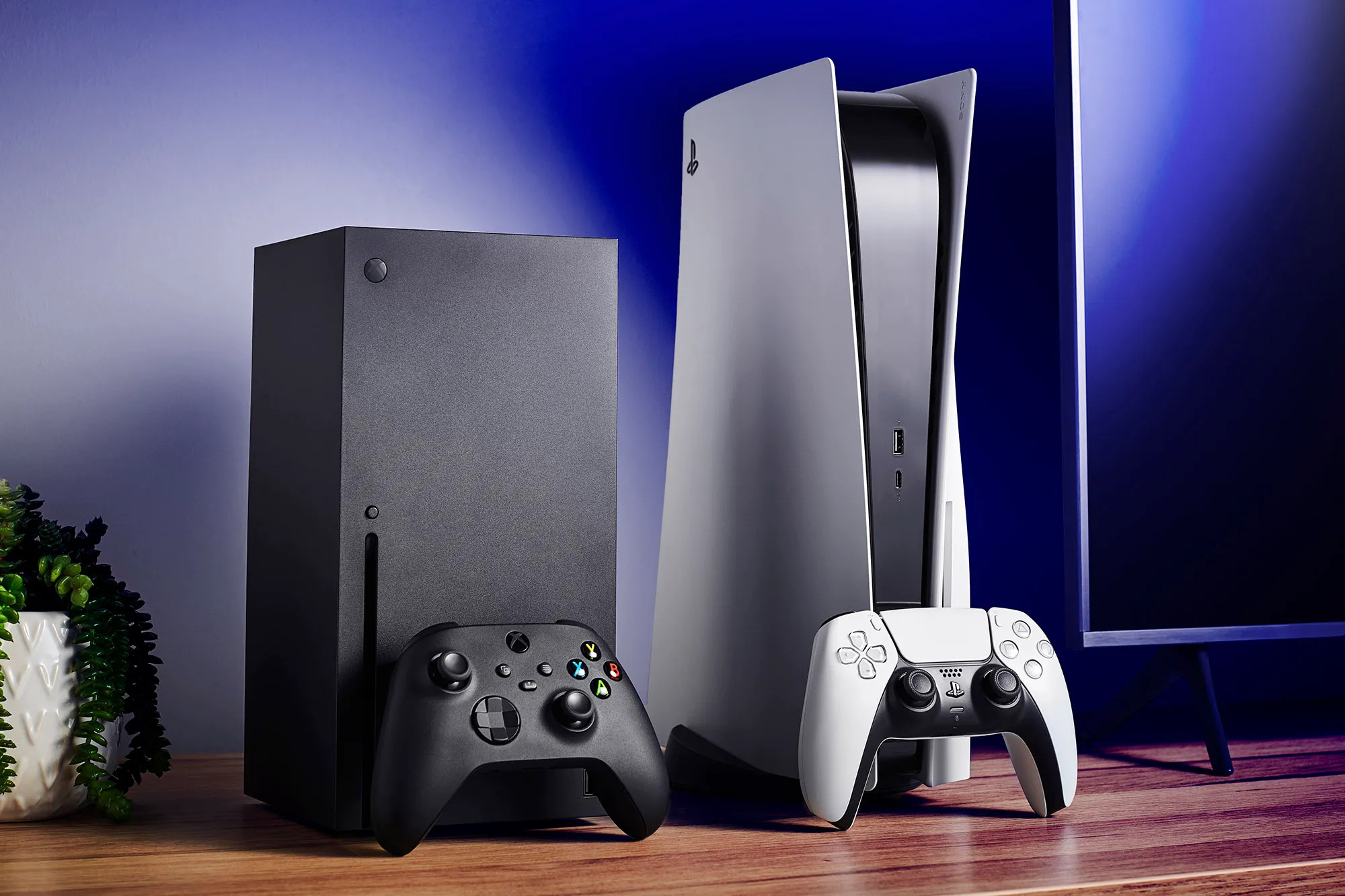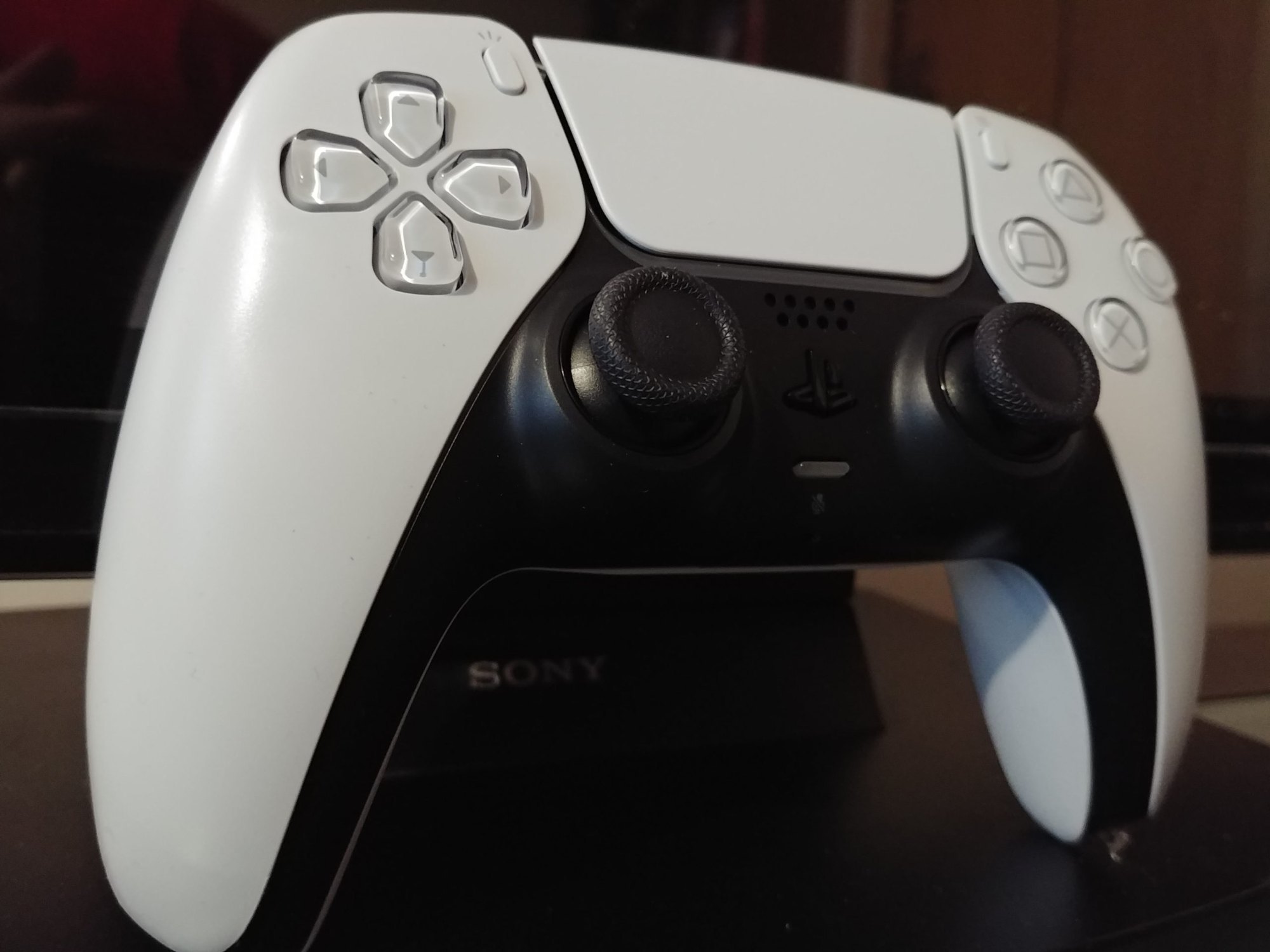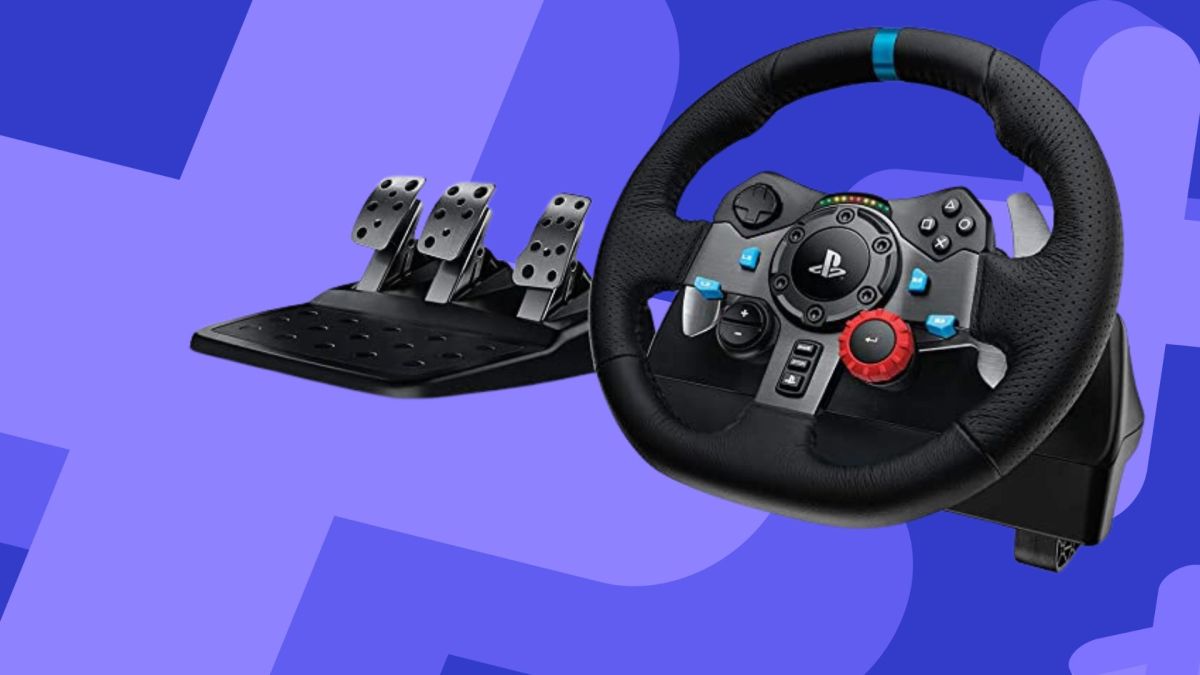Introduction
Welcome to this article on the GPU of the Nintendo Switch. The Nintendo Switch, released in 2017, is a popular gaming console known for its unique design and the ability to switch between handheld and docked modes. While gamers have marveled at the console’s versatility, many also wonder about the internal hardware that powers the Switch’s impressive graphics performance.
In this article, we will explore the GPU, or Graphics Processing Unit, of the Nintendo Switch. We’ll dive into the technical details of the GPU and its specifications, as well as compare its graphics performance to other gaming consoles in the market. Furthermore, we’ll take a closer look at the features that make the GPU of the Nintendo Switch stand out from the competition.
The GPU is a critical component of any gaming device, responsible for rendering and displaying the graphics on your screen. Understanding the GPU of the Nintendo Switch can provide insights into the console’s capabilities, helping you make informed decisions about your gaming experiences on the platform.
So, if you’re curious about the inner workings of the Nintendo Switch and want to know more about its GPU, join us as we unravel the mysteries of this essential component. Let’s dive into the fascinating world of the Nintendo Switch’s GPU and discover what makes it a powerhouse for gaming enthusiasts.
What is a GPU?
A GPU, or Graphics Processing Unit, is a specialized electronic circuit designed to rapidly process and render images, animations, and videos. While a central processing unit (CPU) handles general-purpose computing tasks, the GPU is specifically optimized for performing complex mathematical calculations required for 3D graphics rendering.
The GPU consists of hundreds or even thousands of smaller processing units called cores, which work in parallel to execute tasks simultaneously. This parallel processing capability allows the GPU to handle large amounts of data and perform calculations at an incredibly fast rate, making it ideal for tasks like real-time rendering, image processing, and deep learning.
In the context of gaming consoles like the Nintendo Switch, the GPU plays a crucial role in delivering smooth and immersive gaming experiences. It takes the graphical data from the game and performs calculations to convert it into signals that can be displayed on a screen. The GPU handles tasks such as rendering objects, applying textures, managing lighting and shadows, and performing complex mathematical transformations to create realistic and visually stunning graphics.
With advancements in technology, GPUs have become increasingly powerful, allowing for more realistic and detailed graphics in games. They also support features like ray tracing, which simulates the behavior of light in a scene, and machine learning algorithms that can enhance graphics quality and performance.
Overall, GPUs are an integral part of modern gaming hardware, enabling consoles like the Nintendo Switch to deliver visually impressive and immersive experiences. Understanding the importance and capabilities of the GPU helps us appreciate the level of artistry and engineering that goes into creating lifelike graphics in the gaming world.
The Nintendo Switch
The Nintendo Switch is a revolutionary gaming console developed by Nintendo, known for its versatility and unique design. Released in 2017, it quickly gained popularity among gamers of all ages, offering a combination of handheld and home gaming experiences in a single device.
One of the standout features of the Nintendo Switch is its ability to seamlessly switch between different modes. In handheld mode, it resembles a portable gaming device, with a built-in screen and detachable controllers called Joy-Cons. In contrast, the docked mode allows you to connect the console to a television for a more traditional gaming experience.
The design of the Nintendo Switch caters to both solo and multiplayer gaming. The Joy-Cons can be used individually by two players, or attached to the sides of the console in handheld mode for single-player gameplay. Additionally, multiple Switch consoles can be wirelessly connected for multiplayer gaming sessions, making it a versatile choice for gaming with friends and family.
The console also offers a vast library of games, ranging from popular Nintendo franchises like Super Mario and The Legend of Zelda, to third-party titles and indie games. The Nintendo Switch’s game library continues to grow, providing a diverse range of genres and experiences for gamers to enjoy.
Another notable aspect of the Nintendo Switch is its emphasis on motion controls and interactive gameplay. The Joy-Cons feature motion sensors and haptic feedback, allowing for immersive gaming experiences that go beyond button presses. This unique feature has led to innovative game mechanics and creative gameplay opportunities.
Overall, the Nintendo Switch has captured the hearts of gamers worldwide with its versatility, unique design, and extensive game library. It offers a gaming experience that can seamlessly adapt to different situations and playstyles, making it a compelling choice for both casual and hardcore gamers.
NVIDIA Tegra X1
The NVIDIA Tegra X1 is the GPU that powers the Nintendo Switch, providing the console with its impressive graphics capabilities. Developed by NVIDIA, the Tegra X1 is a high-performance system-on-a-chip (SoC) that combines a powerful GPU with a central processing unit (CPU) and other essential components.
The Tegra X1 features a Maxwell architecture-based GPU with 256 CUDA cores, which are responsible for processing and rendering graphics. These cores work in parallel to handle complex calculations and deliver stunning visuals on the Nintendo Switch’s display. The Tegra X1’s GPU is also clocked at a respectable speed, ensuring smooth performance in game graphics and effects.
In addition to its powerful graphics capabilities, the Tegra X1 also includes a quad-core ARM Cortex-A57 CPU. This CPU handles general-purpose computing tasks and works in tandem with the GPU to provide optimal gaming performance. The combination of a powerful GPU and CPU allows the Nintendo Switch to run games smoothly and deliver an immersive gaming experience.
One of the notable features of the Tegra X1 is its power efficiency. It is designed to deliver high-performance graphics while consuming minimal power, making it well-suited for handheld gaming devices like the Nintendo Switch. This efficiency ensures longer battery life, allowing gamers to enjoy their favorite games for extended periods without worrying about running out of power.
Furthermore, the Tegra X1 supports advanced technologies such as hardware-accelerated video playback and H.265/VP9 decoding, enabling the Nintendo Switch to handle multimedia tasks efficiently. This capability allows for smooth playback of high-resolution videos and enhances the console’s overall multimedia experience.
The Tegra X1 has proven to be a capable and efficient GPU for the Nintendo Switch, providing the console with the necessary horsepower to deliver visually stunning graphics and immersive gameplay experiences. It showcases NVIDIA’s commitment to pushing the boundaries of gaming technology and further solidifies the console’s position as a powerhouse in the gaming industry.
GPU Specifications
The GPU of the Nintendo Switch, based on NVIDIA’s Tegra X1 architecture, boasts impressive specifications that contribute to its outstanding graphics performance. Let’s take a closer look at the key specifications that make this GPU a powerhouse in the gaming world.
- CUDA Cores: The Tegra X1 GPU features 256 CUDA cores, which allow for parallel processing and efficient handling of complex calculations. These cores work together to deliver smooth and detailed graphics in games.
- GPU Clock Speed: The GPU of the Nintendo Switch operates at a clock speed of 768 MHz in handheld mode and can boost up to 921 MHz in docked mode. This clock speed ensures that the GPU delivers optimal performance and maintains consistent frame rates.
- Memory Bandwidth: The GPU is equipped with a memory bandwidth of 25.6 GB/sec. This high bandwidth enables fast data transfer between the GPU and system memory, ensuring efficient rendering and processing of graphics.
- Memory Type: The Nintendo Switch’s GPU utilizes a shared memory architecture, where the system memory is shared between the GPU and CPU. This shared memory approach enables efficient data sharing between the two components, further enhancing overall system performance.
- API Support: The GPU supports industry-standard graphics APIs like OpenGL and Vulkan. These APIs provide developers with the necessary tools and libraries to optimize their games for the Nintendo Switch, ensuring smooth performance and visual fidelity.
The specifications of the Nintendo Switch’s GPU, coupled with its efficient power consumption, make it a capable and well-rounded graphics processor for the console. Whether in handheld or docked mode, gamers can expect visually impressive graphics and smooth gameplay experiences, thanks to the powerful specifications of the GPU.
Graphics Performance Comparison
When it comes to graphics performance, the Nintendo Switch’s GPU holds its own against its competitors in the gaming console market. Let’s explore how it compares to other popular gaming consoles.
In terms of raw power, the Nintendo Switch’s GPU falls behind more powerful dedicated gaming consoles like the PlayStation 4 Pro and Xbox One X. These consoles feature more advanced GPUs and offer higher graphics performance, enabling them to deliver more detailed textures, higher resolutions, and smoother frame rates.
However, the Nintendo Switch’s strength lies in its portability and versatility. Its GPU is specifically designed to deliver impressive graphics in a compact form factor. The Tegra X1 GPU, with its 256 CUDA cores and efficient power consumption, provides a remarkable balance between performance and mobility.
The Nintendo Switch excels at delivering a smooth gaming experience, with most games running at 720p resolution in handheld mode and 1080p resolution in docked mode. While these resolutions may be lower compared to other consoles, they are still visually appealing and provide an immersive gameplay experience.
Additionally, the Nintendo Switch benefits from its large library of games that are specifically optimized for its hardware. Developers have tailored their games to take advantage of the console’s capabilities, resulting in visually appealing graphics and smooth performance on the platform.
Ultimately, while the Nintendo Switch may not have the sheer graphical power of some of its competitors, it compensates with its unique features, portable design, and immersive gaming experiences. The graphics performance of the Nintendo Switch’s GPU, combined with its extensive game library, creates a compelling choice for gamers who prioritize versatility and on-the-go gaming experiences.
GPU Features
The GPU of the Nintendo Switch not only delivers impressive graphics performance but also incorporates various features that enhance the gaming experience on the console. Let’s explore some of the notable features of the Nintendo Switch’s GPU.
- Dynamic Resolution: The Nintendo Switch’s GPU supports dynamic resolution scaling, allowing games to adjust their resolution based on the complexity of the scene. This feature ensures smooth performance by allocating the GPU’s resources efficiently without sacrificing visual quality.
- Tessellation: The GPU supports tessellation, a graphics technique that enhances the level of detail in 3D objects. Tessellation improves the realism of game environments by adding more geometric complexity to surfaces, resulting in more lifelike and visually appealing graphics.
- Motion Controls: The GPU works in conjunction with the Joy-Con controllers to provide motion controls and haptic feedback. This enables unique gameplay experiences where players can physically interact with games by tilting, shaking, or using the controllers’ built-in motion sensors.
- Advanced Shading Techniques: The GPU supports shading techniques like ambient occlusion and real-time reflections. These techniques add depth and realism to game graphics, enhancing the overall visual quality and immersion in the gaming experience.
- Efficient Power Consumption: The Nintendo Switch’s GPU is designed with power efficiency in mind, allowing for extended battery life in handheld mode. This feature ensures that gamers can enjoy their gaming sessions for longer periods without needing to recharge the console frequently.
These features, along with the unique design of the Nintendo Switch, contribute to an engaging and immersive gaming experience. The combination of impressive graphics, motion controls, and efficient power consumption makes the Nintendo Switch stand out among its competitors, offering a gaming experience that is both visually stunning and highly interactive.
Conclusion
The GPU of the Nintendo Switch, powered by the NVIDIA Tegra X1, is a significant contributor to the console’s ability to deliver impressive graphics and immersive gaming experiences. With its 256 CUDA cores, efficient power consumption, and dynamic resolution scaling, the Nintendo Switch’s GPU strikes a balance between performance and portability.
Although the Nintendo Switch’s GPU may not match the raw graphical power of its competitors, it compensates by offering a unique gaming experience that combines the convenience of a handheld device with the ability to seamlessly transition to a home console. The console’s versatile design, motion controls, and extensive game library contribute to its popularity among gamers of all ages.
The Nintendo Switch’s GPU showcases the commitment of NVIDIA to deliver powerful and efficient graphics processors for gaming devices. It is a testament to the ever-evolving technology that enables consoles to deliver visually stunning and immersive gameplay experiences.
Whether you’re playing in handheld mode or docked to your TV, the Nintendo Switch’s GPU ensures that you can enjoy smooth performance and visually appealing graphics in the palm of your hands. With its innovative features, versatility, and a growing selection of games, the Nintendo Switch has solidified its position as a popular gaming console.
So, next time you pick up your Nintendo Switch and immerse yourself in a captivating game world, take a moment to appreciate the engineering behind the GPU that brings those incredible visuals to life.







